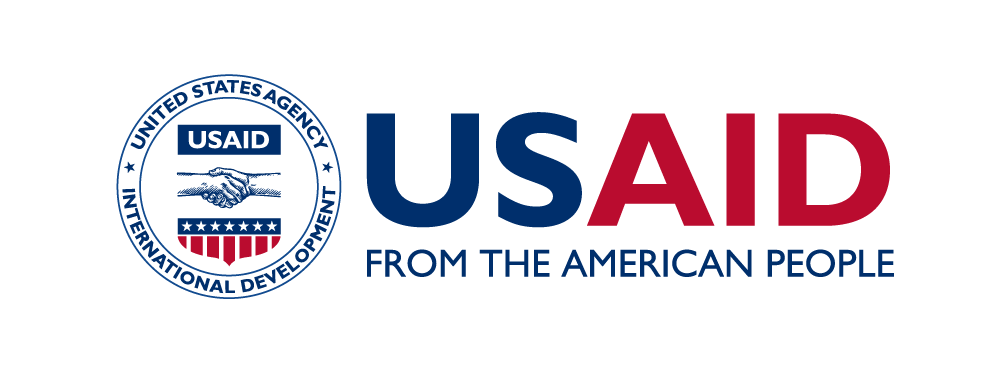Strengthening Health System Governance for Improved Quality of Maternal Health Care in Nigeria
Categories: Announcements, Where We Work
 Gaps in availability and quality of maternal health care services constitute a major obstacle to achieving the desired maternal health outcomes in low- and middle-income countries such as Nigeria. Initiatives aimed at improving quality of maternal health care tend to address quality of care issues in isolation, without considering wider system-level issues that lead to nonexistent or impaired quality of services. The governance of health service delivery – including health care financing, knowledge and information, human resources and commodities and equipment – largely determine the availability and quality of care.
Gaps in availability and quality of maternal health care services constitute a major obstacle to achieving the desired maternal health outcomes in low- and middle-income countries such as Nigeria. Initiatives aimed at improving quality of maternal health care tend to address quality of care issues in isolation, without considering wider system-level issues that lead to nonexistent or impaired quality of services. The governance of health service delivery – including health care financing, knowledge and information, human resources and commodities and equipment – largely determine the availability and quality of care.
Using an adapted version of the World Health Organization governance actions, the Partnership for Transforming the Health System II (PATHS2) Project led by Abt Associates and implemented between 2008 and 2015 illustrates the role of governance in improving the quality of maternal care by increasing access to skilled birth attendants who can provide active management of the third stage of labor (AMSTL).
Policymaking
One of the first steps towards improving quality of maternal health care is to define quality improvement objectives, set standards and establish clear guidelines, treatment protocols and indicators. Clear policy direction defines quality and sets the stage for effective implementation of a quality improvement plan. Policy directions for other aspects of the health system also play an important role in improving quality of maternal health care. For instance, clear human resources for health (HRH) policies that place a premium on improved density, equitable distribution and performance in terms of reduced absenteeism, competence, productivity and responsiveness are critical. The PATHS2 Project in Nigeria supported select states to develop and implement HRH policies and strategies, recruiting additional staff and redistributing staff where necessary. In addition, skilled health workers were trained in the AMSTL. The availability of skilled health workers as a result of this policy change contributed to a greater than 60% reduction in cases of postpartum hemorrhage referred from primary health care centers (PHCs) in these states.
Institutional capacity strengthening
As part of maternal health care quality improvement, stakeholders should clearly articulate the roles of different institutions and address institutional weaknesses that hinder effective design and implementation of a quality improvement initiative. Health systems need well-functioning institutions to enact reforms related to HRH, health financing and commodity management that improve maternal health care quality. In Nigeria, Kaduna State created a HRH unit within the State Ministry of Health and introduced a Supplementary Midwife Service Scheme to recruit, train and deploy midwives to PHCs. Due to the increase in personnel, these PHCs experienced a subsequent surge in facility births and delivery of other maternal health services.
Information and intelligence gathering
Maternal health care quality improvement can be successful only with the capacity to gather data for use in planning, tracking progress and evaluating a chosen quality improvement approach. Ongoing collection, analysis and use of information related to HRH, strategic purchasing and commodity management provide the information needed to initiate and monitor a quality improvement plan. PATHS2 used a logistics performance management system that contributed to timely collection and analysis of information on commodities, resulting in improved availability of oxytocin and other essential drugs used for the management of labor.
Inter-sectoral collaboration and oversight
Major health sector actors, including government agencies, the private sector, development partners and civil society, play important roles in designing and enacting health policy and providing health care services. Ensuring strong coordination and collaboration among stakeholders creates a platform to identify issues and forge consensus on how to monitor and make improvements to attain an acceptable standard of care. In Nigeria, weak coordination of the health sector led to inconsistent management of important maternal health commodities such as oxytocin. Improved sector coordination, especially related to commodity supply and enhanced distribution, ensured availability of oxytocin and other drugs contributing to a reduction in postpartum hemorrhage.
Accountability
Health care delivery systems should be held accountable to the government and its citizens. Successful accountability mechanisms require that policymakers and service providers design and implement effective quality improvement plans and that patients receive high quality care. Access to accurate information and a consensus on what constitutes quality maternal health care are critical components of accountability. PATHS2’s voice and accountability program ensured that citizens hold health facility administrators accountable for effective drug management. The program also promoted health worker performance, resulting in reduced absenteeism and improved health worker responsiveness.
A systems approach to improving quality maternal health care holds the key to effective and efficient use of resources to expand access to essential high quality maternal health services and reduce preventable maternal deaths.
Written by Gafar Alawode (Chief of Party, Health Finance and Governance Project, Nigeria) for the Maternal Health Task Force (MHTF) Blog. Original post →



